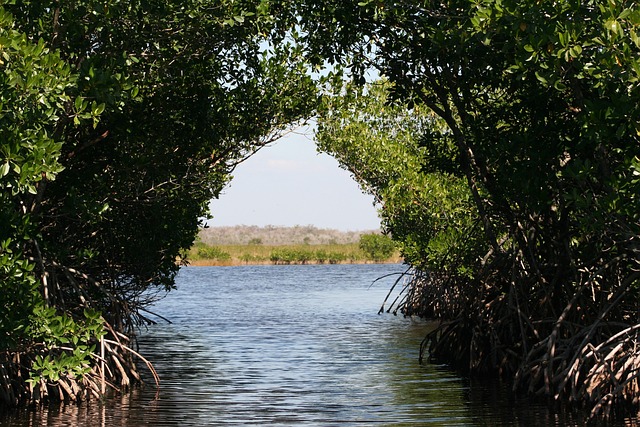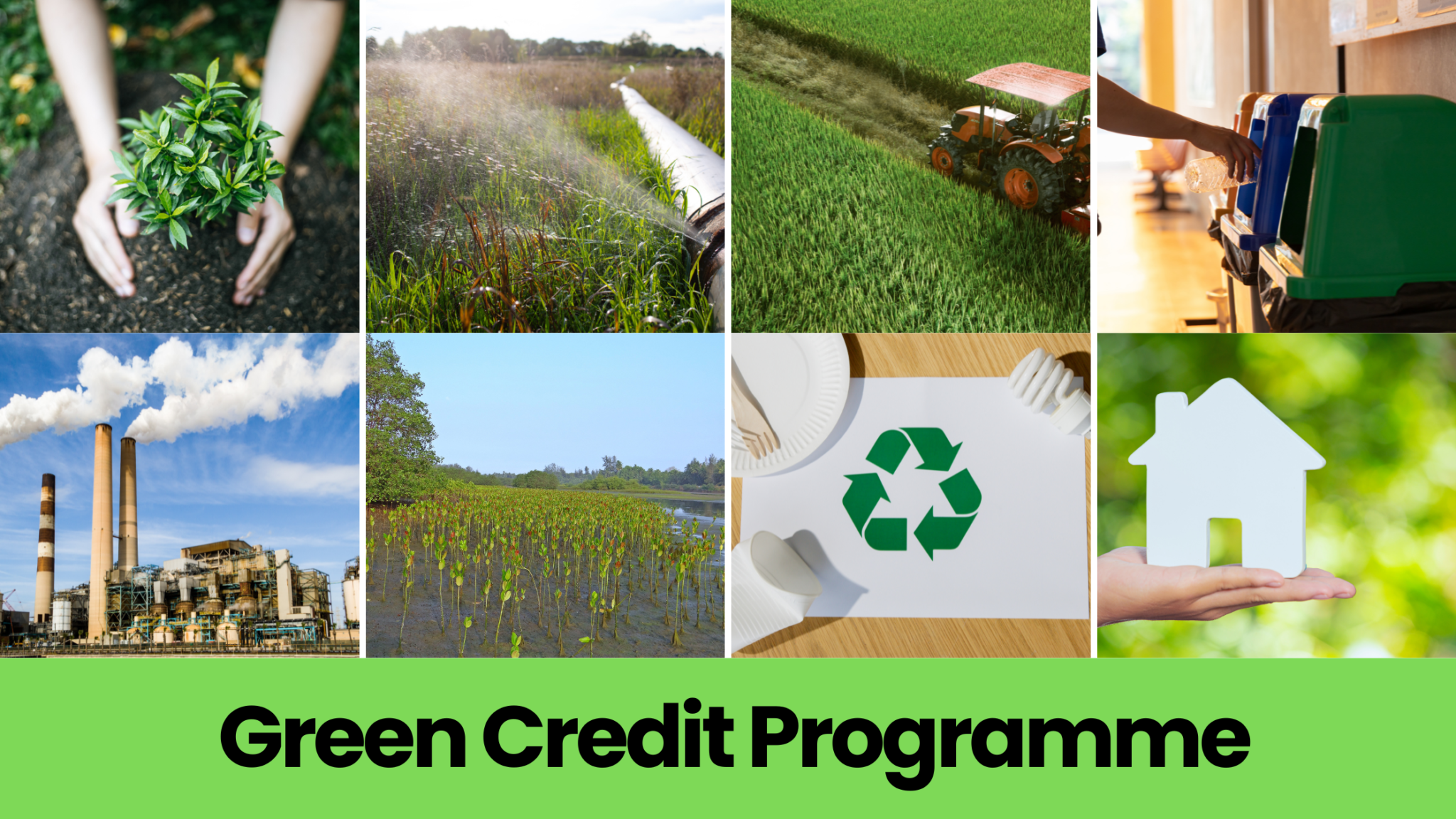The Green Credit Program, a wonderful initiative administered by the Ministry of Environment, Forestry, and Climate Change, was officially launched by the Government of India on October 13, 2023. The program, which was initially started by the Honorable Prime Minister in 2021, is a significant step towards a more environmentally friendly and sustainable future for all of us.
The Green Credit Program aims to incentivize and reward individuals, NGOs, FPOs, companies, urban and rural local governments, and other organizations for their efforts in implementing sustainable practices in India. By participating in this program, individuals can contribute to the country’s well-being and save money! It is a win-win for everyone who wants to work together to protect and preserve our Beautiful Nation!
Green credits are analogous to valuable tickets that can be sold on a domestic market platform. They are a top priority in the Finance Minister’s budget and have ambitious goals, including the production of 5 million metric tons of green hydrogen per year and an increase in renewable energy capacity by 125 gigawatts. By 2030, an estimated 50 million metric tons of carbon dioxide will be avoided. This is a huge step forward towards a greener, more sustainable future!
This initiative, which is an extension of the ‘LiFE’ (Lifestyle for the Environment) campaign, attempts to encourage a more environmentally friendly lifestyle. An inter-ministerial Steering Committee oversees governance, with the Indian Council of Forestry Research and Education (ICFRE) functioning as the program’s administrator, handling implementation, management, monitoring, and operations. This initiative operates independently of the 2023 carbon credit trading scheme established under the Energy Conservation Act of 2001. It is all about taking small steps towards sustainability.
The program covers eight types of activities: Tree Plantation, Water Conservation, Sustainable Agriculture, Waste Management, Air Pollution Reduction, Mangrove Conservation and Restoration, Eco Mark Certification, And Sustainable Building and Infrastructure.
Benefits of the Green Credit Program
Tree plantation: A tree plantation under a green credit scheme absorbs carbon dioxide, improves air quality, supports biodiversity, improves soil health, and provides shade and cooling.
Water conservation: Water conservation under a green credit scheme benefits the environment by decreasing water waste, protecting ecosystems, and supporting sustainable water usage.
Sustainable agriculture: Sustainable agriculture under the green credit program encourages eco-friendly farming techniques that save resources, decrease environmental damage, and secure long-term food production.
Mangroves: Mangroves under the green credit program defend populations and infrastructure by acting as natural barriers against coastal erosion. They benefit biodiversity, fishing enterprises, and water quality by filtering contaminants. Mangroves are also excellent carbon sinks, absorbing carbon dioxide and helping to mitigate climate change.

Eco mark certification: Participants are given incentives to participate in mangrove restoration by receiving Eco mark-certified green credits, which offers several advantages such as coastal protection, biodiversity support, and carbon sequestration. These credits promote ecological preservation, increase carbon offset efforts, and promote economic sustainability.
Sustainable building and infrastructure: Green credit program rely heavily on sustainable building and infrastructure development. Sustainable projects include energy-efficient construction, the use of environmentally friendly materials, and a lower environmental impact. Earning green credit points for such projects promotes environmentally friendly urban design and building. Restoration activities are centered on modernizing existing infrastructure to meet environmentally friendly requirements.
How to Participate in the Green Credit Program
To get started, you first need to register on the central government’s website/app. The Green Credit Registry and Trading Platform, which is being developed in collaboration with experts from ICFRE, will make it easier to register and then purchase and sell Green Credits.
After you take action, it will be validated by a licensed agency. The Administrator will issue your Green Credit certificate after it has been accepted. This evaluation takes into account factors such as resource consumption, scale, and scope to ensure that your environmental impact is in line with the planned outcome. Your environmental initiatives will be recognized and rewarded.
Private Sector Participation in the Green Credit Program
L&T, Indian Oil Corporation, Adani Enterprises Limited, GAIL, NTPC, ReNew Power, Ballard Power, Ashok Leyland, Reliance, and Hindustan Zinc are some of the private sector companies and PSUs that have participated in the green credit program.
The Green Credit Program is a significant initiative towards building a more sustainable future for India. It is an opportunity for everyone to contribute and make a difference. Let’s all join hands to protect our planet
References
https://pib.gov.in/PressReleaseIframePage.aspx?PRID=1967476
About Author
Dhruveena is a Creative Content Writer studying B.Tech Geo-Informatics. Drawing, Photography, and Writing are among her interests. She likes combining her artistic interests to produce thought-provoking and meaningful creations. She is also passionate about Geo-Informatics Engineering.

